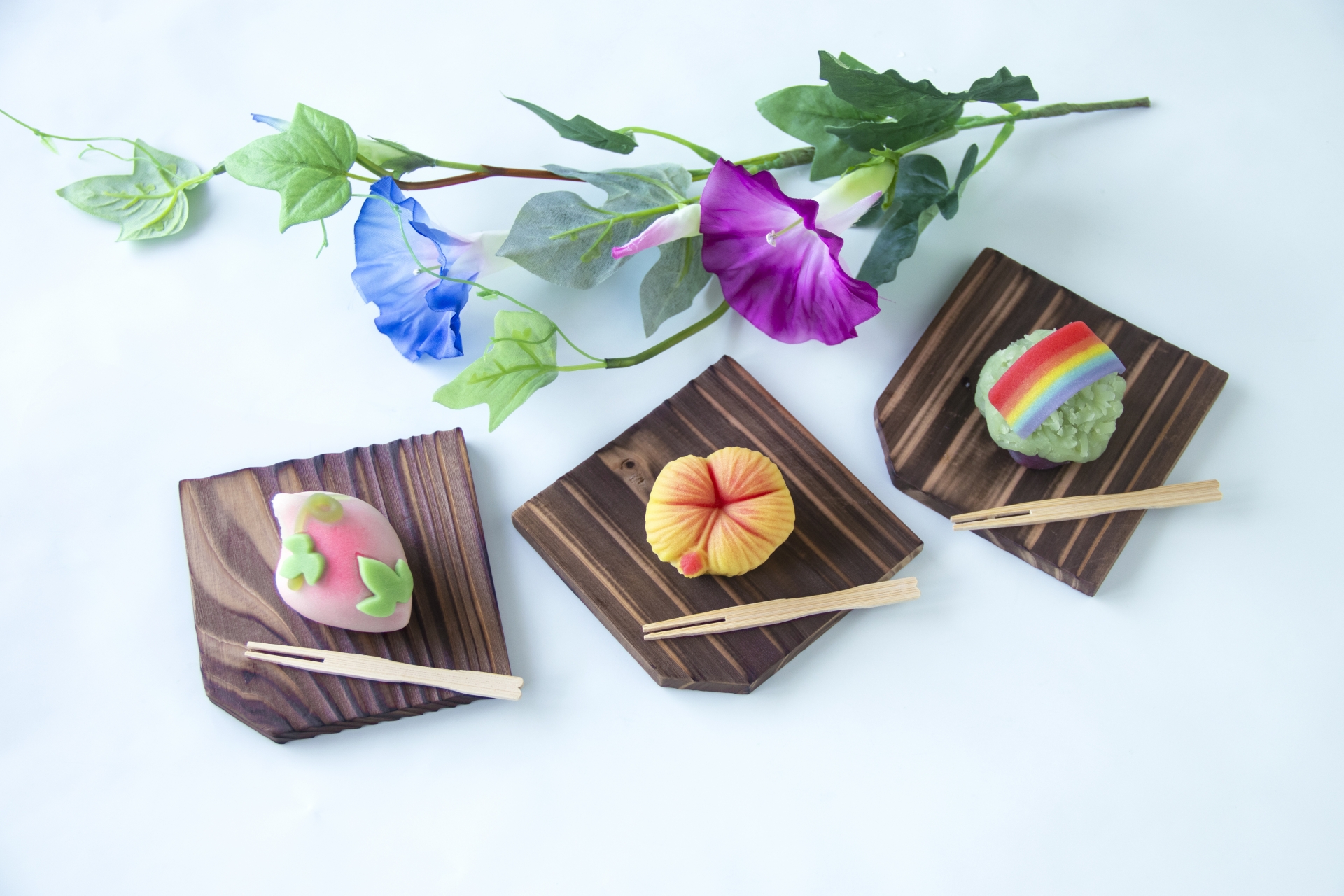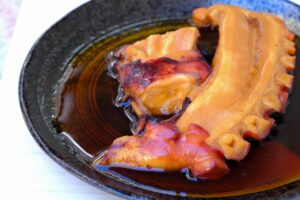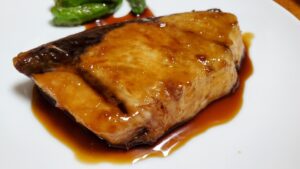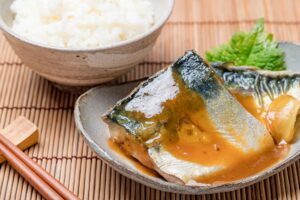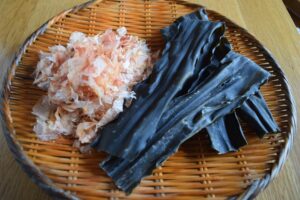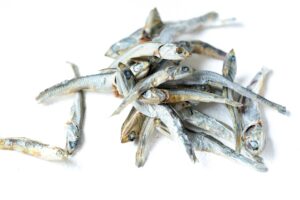Wagashi, the traditional Japanese confection, is not just a dessert but an art form that has been crafted for centuries. These delicate and flavorful treats, often served with tea, are a vital part of Japanese culture and rituals. In this article, we will delve into the origins, varieties, and methods of making Wagashi at home, as well as explore how to pair these sweets with different types of teas.
What is Wagashi?
Wagashi refers to traditional Japanese confections, deeply rooted in Japanese culture and closely tied to historical practices such as tea ceremonies. Originating in the Heian period (794-1185), these sweets evolved with Japan’s cultural and agricultural development, utilizing natural ingredients like azuki beans, rice flour, and seasonal fruits. Over centuries, wagashi has become more than a mere dessert; it reflects the Japanese appreciation for nature, beauty, and craftsmanship. Popular types of wagashi include mochi (rice cake), manju (filled steamed buns), and dorayaki (pancakes with sweet fillings). Each type of wagashi is crafted to celebrate the season, with shapes and flavors inspired by seasonal flowers, fruits, and weather patterns, making them not just food but an artistic expression.
Types of Wagashi
There are various types of wagashi, each with unique preparation methods and ingredients:
Nerikiri
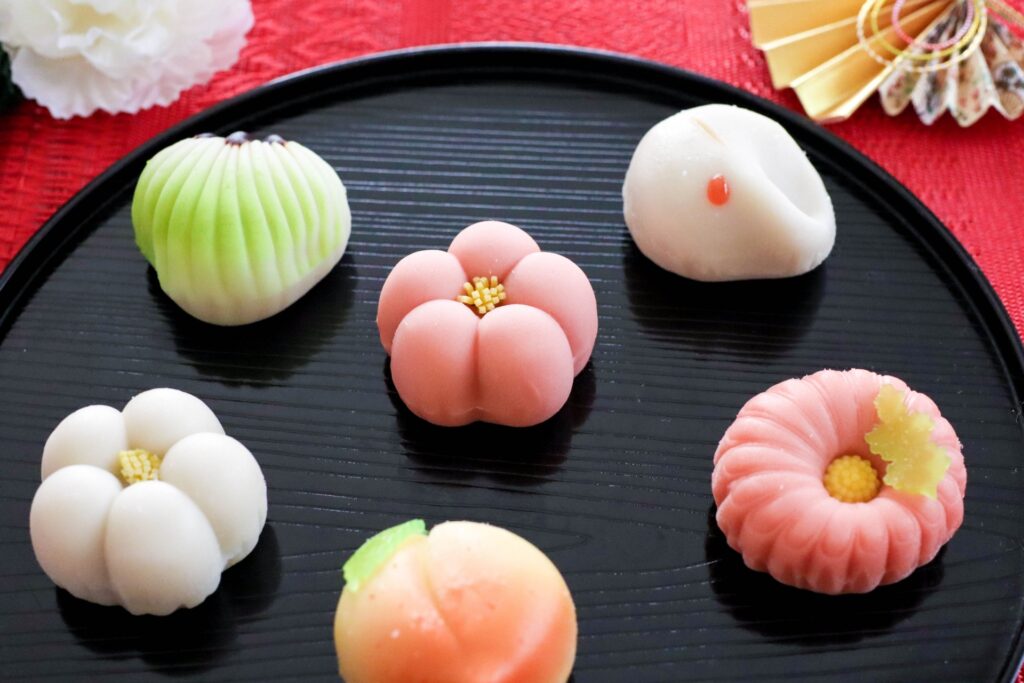
Nerikiri is a high-end type of wagashi known for its delicate beauty and intricate designs. It is primarily made from a mixture of shiro-an (white bean paste) and gyuhi (a softer type of mochi), giving it a soft, malleable texture that allows artisans to craft detailed shapes such as flowers, fruits, or seasonal motifs. Nerikiri is often served during tea ceremonies and is admired for its visual representation of the seasons. Its subtle sweetness complements the bitterness of matcha, making it an ideal pairing for Japanese green tea.
Daifuku
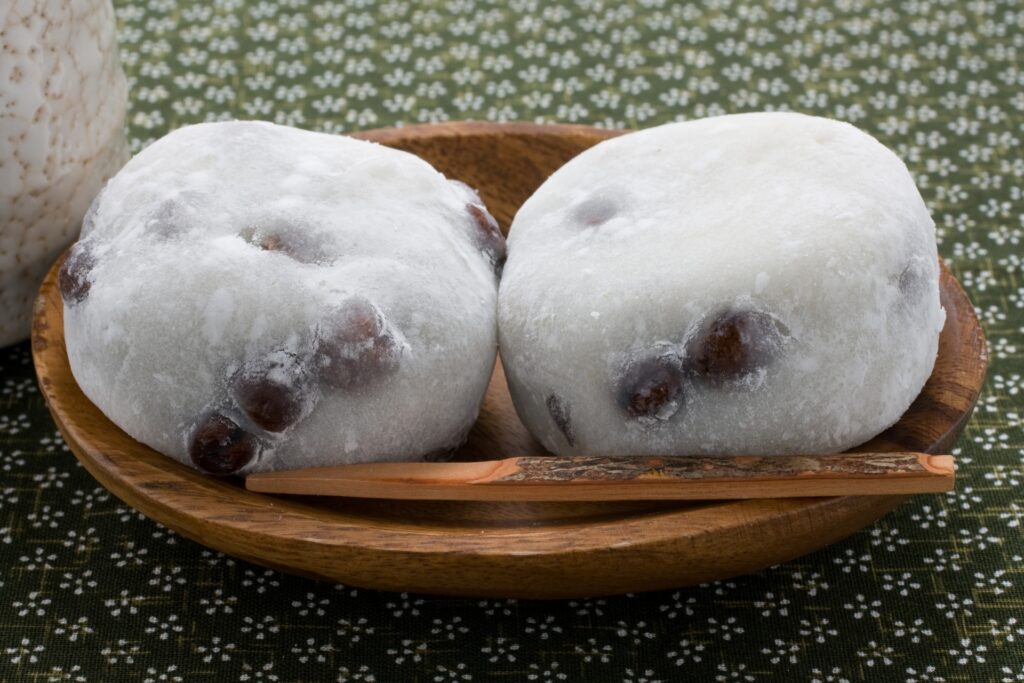
Daifuku is a type of wagashi made with a soft and chewy mochi shell, typically filled with anko (sweet red bean paste). However, modern variations include fillings such as strawberries (ichigo daifuku), cream, or ice cream. The name “daifuku” means “great luck,” and it is a popular treat across Japan. Its versatile fillings and soft exterior make it a widely loved dessert. The contrast between the chewy outer layer and the sweet, creamy or fruity filling offers a satisfying texture and flavor combination.
Yokan

Yokan is a dense, jellied sweet made from red bean paste (or white bean paste in some variations), agar (a plant-based gelatin), and sugar. Yokan is typically served in rectangular blocks and can be sliced into bite-sized pieces. This type of wagashi is enjoyed for its firm texture and is often infused with seasonal flavors such as matcha (green tea) or chestnut. The simple ingredients make it a healthy and refreshing sweet, perfect for summer. Yokan is also known for its long shelf life, making it a popular gift.
Dorayaki

Dorayaki consists of two fluffy, slightly sweet pancakes sandwiched with anko (sweet red bean paste) filling. Originating in the Edo period, dorayaki has become a beloved snack in Japan, especially among children. Modern variations may include fillings like custard, chocolate, or whipped cream. Dorayaki’s name is derived from “dora,” meaning “gong,” referring to its round shape. This snack is soft, spongy, and perfect for those seeking a less intense sweetness compared to other wagashi.
Mochi
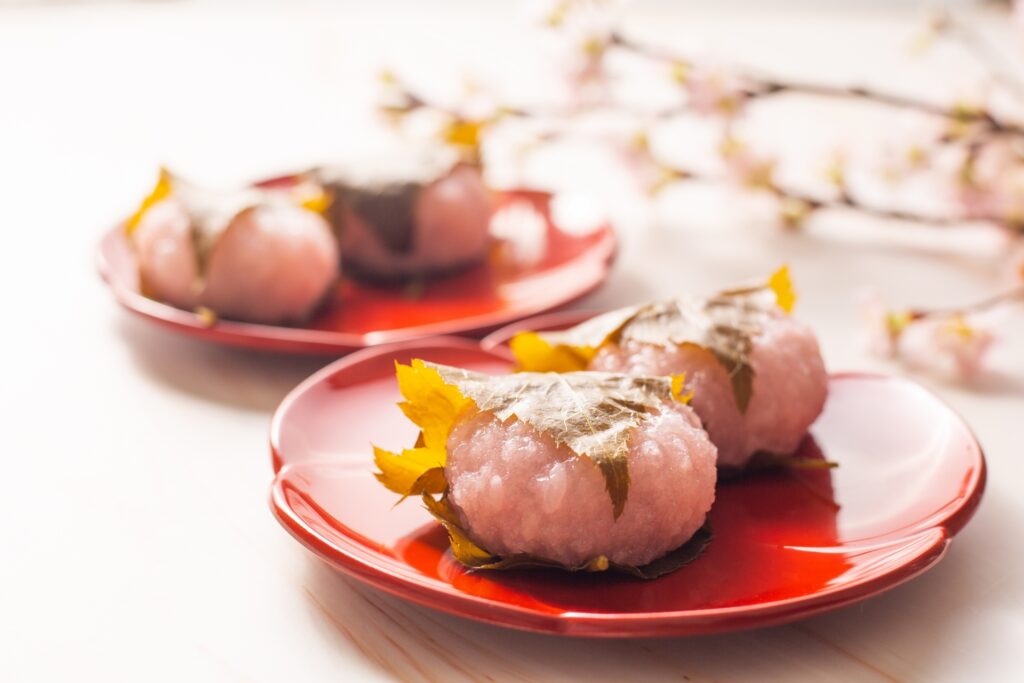
Mochi is one of the most well-known forms of wagashi, made from glutinous rice that is pounded until it forms a sticky, smooth dough. Mochi has a chewy texture and can be eaten plain or with fillings like red bean paste (as in daifuku). Various types of mochi exist, such as kirimochi (plain dried mochi) and sakura mochi, which is flavored with cherry blossoms and wrapped in a salted sakura leaf, symbolizing spring. Mochi is also used as an ingredient in a variety of desserts and is a staple food for celebrations, especially during the New Year.
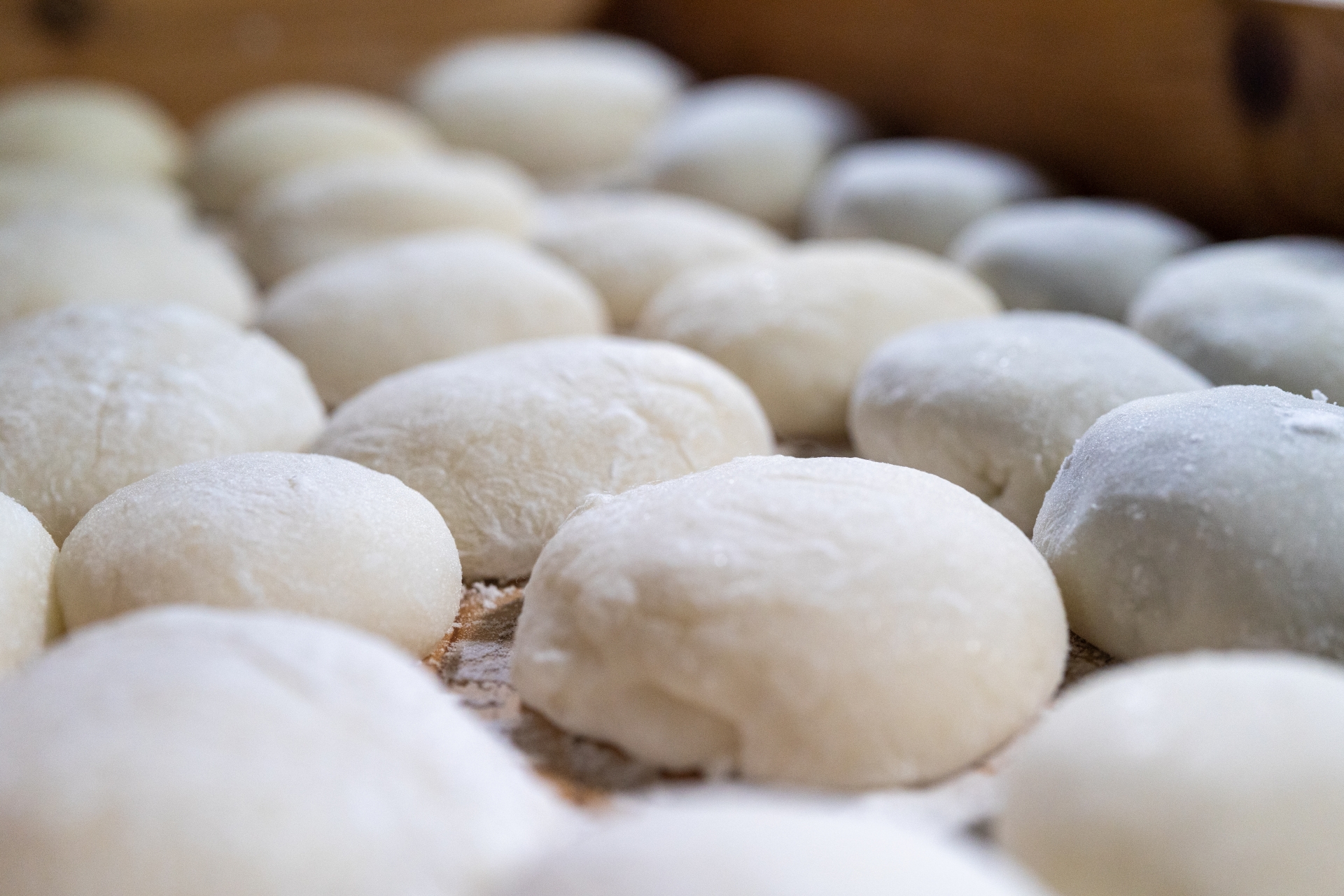
Taiyaki

Taiyaki is a fish-shaped pastry that originated in the Meiji era and has since become a popular street food in Japan. The most traditional filling is sweet red bean paste, but modern variations include custard, chocolate, and even savory fillings like cheese or sweet potato. The pastry is made from a pancake-like batter poured into a fish-shaped mold and then filled before cooking. Taiyaki is a beloved treat during festivals and is often served warm, making it both fun and comforting.

Dango
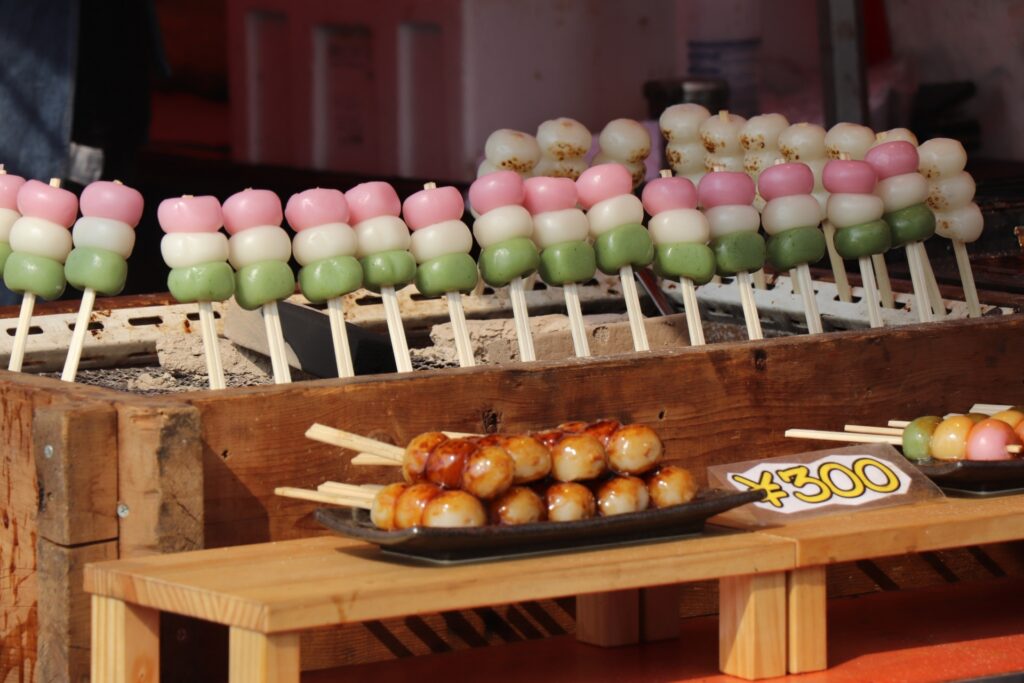
Dango is a traditional sweet made from rice flour, formed into small round dumplings and skewered on sticks. Dango is usually served in sets of three to five and can be enjoyed with various toppings or sauces. The most common variety is mitarashi dango, which is glazed with a sweet soy sauce. Another popular type is anko dango, which is covered in sweet red bean paste. Hanami dango is a springtime favorite, with pink, white, and green dumplings symbolizing cherry blossoms. Dango is soft, chewy, and slightly sweet, making it a simple yet satisfying snack.

Wagashi in Japanese Tea Ceremonies
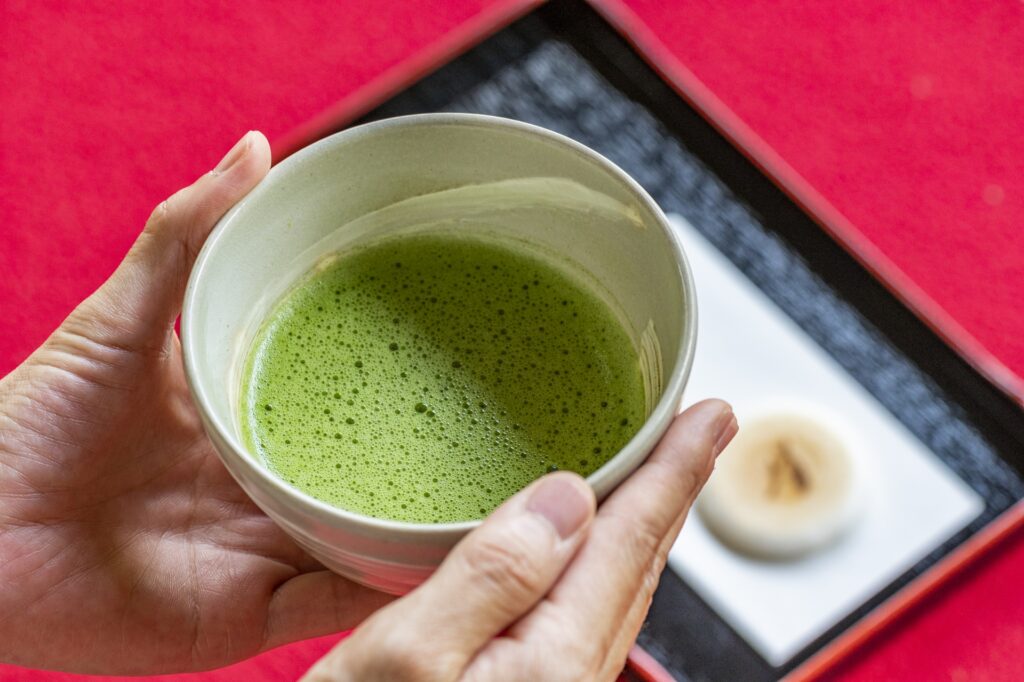
Wagashi plays a central role in the traditional Japanese tea ceremony, or chanoyu. The delicate sweetness of wagashi complements the bitterness of matcha, the powdered green tea used in ceremonies. Each wagashi is carefully chosen based on the season, event, and symbolism. For instance, a chrysanthemum-shaped wagashi may be served during autumn to honor the season’s blooms. In tea ceremonies, the wagashi not only provides a contrast in flavor but also enhances the mindfulness of the experience, allowing participants to appreciate both the art of the confection and the serenity of the tea preparation.
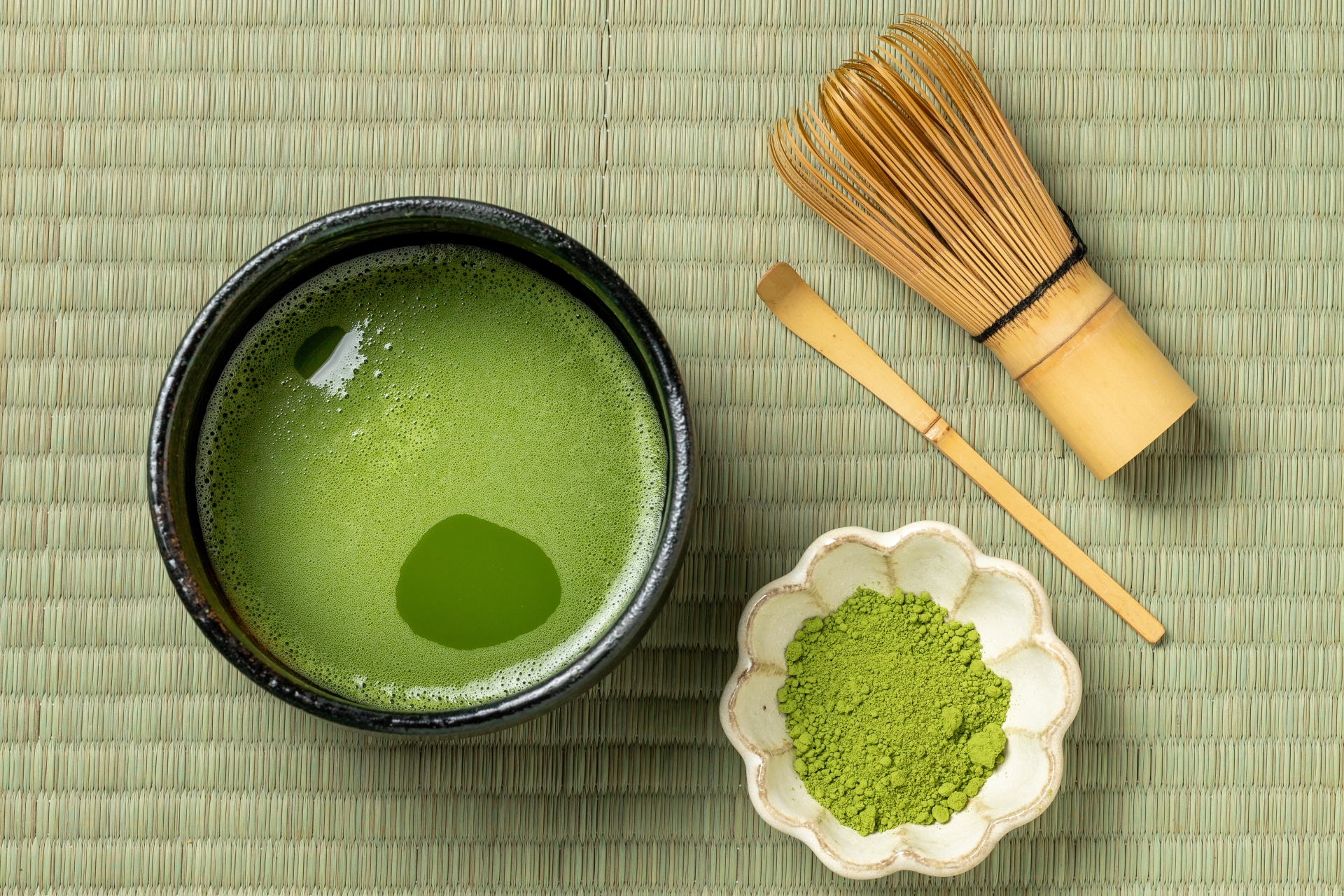
Health Benefits of Wagashi Ingredients
One of the reasons wagashi remains popular in modern times is its use of simple, natural ingredients. Red azuki beans, rice, and matcha are staples in wagashi making, offering not only flavors but also health benefits. Azuki beans, rich in fiber and protein, promote digestion, while matcha, with its high antioxidant content, offers numerous health benefits, including boosting metabolism and providing calm energy. Unlike Western sweets, which often rely on heavy cream and refined sugars, wagashi tends to be lower in calories and offers a more balanced indulgence, making it a healthier dessert option.
How to Make Wagashi at Home
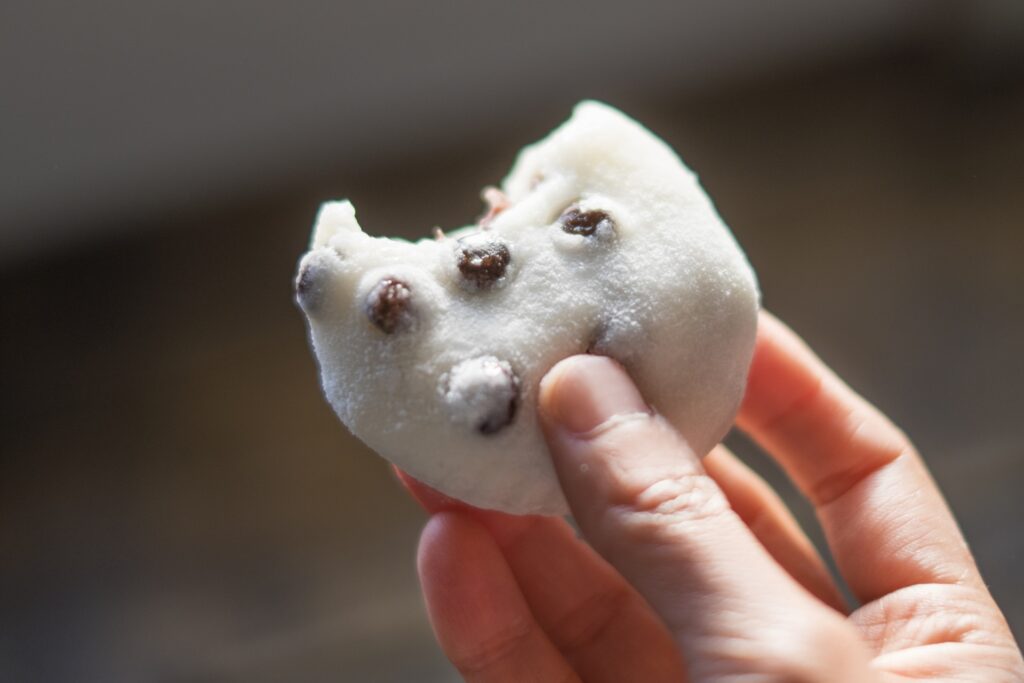
For those inspired to recreate wagashi at home, several recipes are beginner-friendly. Start with daifuku mochi, which only requires glutinous rice flour, water, and a sweet filling like anko (sweet red bean paste). For those looking for a more artistic challenge, nerikiri offers an opportunity to craft seasonal shapes using sweet bean paste and rice flour. Sourcing ingredients like matcha powder and agar can be done online or at specialty Asian stores. Patience and precision are key, but the rewards are sweet as you master the delicate art of wagashi making.
Modern Takes on Wagashi
While traditional wagashi remains popular, modern interpretations are emerging as chefs and influencers introduce contemporary twists. Vegan and gluten-free wagashi options have gained traction, using alternative ingredients like coconut milk and rice flour blends. Social media platforms, particularly Instagram and TikTok, have boosted wagashi’s global appeal by showcasing these artistic sweets, often presented with a modern flair, such as matcha-filled doughnuts or wagashi-inspired macarons. This fusion of old and new allows wagashi to remain relevant, appealing to both traditionalists and a younger, global audience.
Where to Buy Wagashi (Online and In Japan)
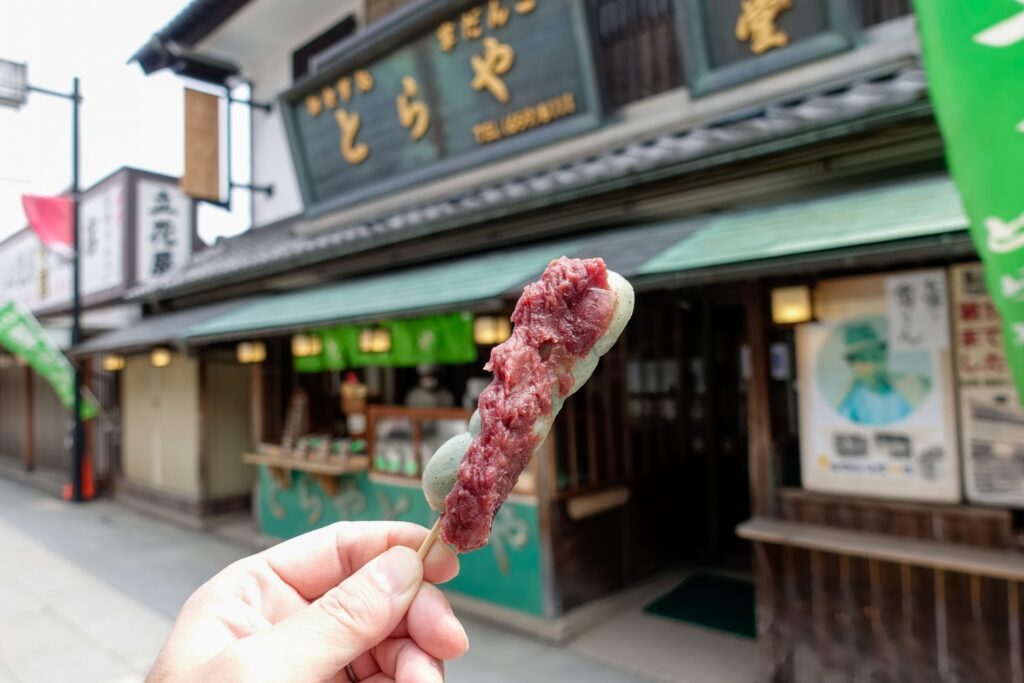
For those eager to experience wagashi firsthand, both online and brick-and-mortar options are available. In Japan, wagashi can be purchased at specialty shops such as Toraya and Minamoto Kitchoan, known for their high-quality confections. Many of these shops also offer international shipping, allowing global fans to enjoy authentic wagashi. Additionally, websites like Just One Cookbook offer curated lists of places to purchase ingredients and finished products, making it easier to try wagashi wherever you are.

